Unveiling the Socio-Environmental Costs
Unveiling the Socio-Environmental Costs
By Mehmet Enes Beşer
Mongolia’s extensive mineral resources have turned it into a rapidly emerging mining center, with very high promises of rapid economic development and growth. But overlying this veneer of prosperity is a richly embroidered brocade of environmental degradation, social dislocation, and economic problems that need to be thoroughly examined.
Environmental Degradation: The Ecological Price
Mongolia’s recent mining boom has also generated some quite serious environmental concerns. Open-pit mining activities have resulted in fragmentation and degradation of pastures essential to the sustainability of the country’s traditional nomadic pastoral way of life. Dumping of overburden, heavy truck traffic, and production of dust and waste have lowered the land so that it is less grazeable. Apart from that, chemical sources of water have also been chemically contaminated with chemicals such as sulfuric acid and cyanide, which complicate the dearth of drinking water and threaten the life of humans and animals.
Social Disruptions: The Human Cost
The mining boom has also attracted significant social ills. Herding groups have been displaced due to land purchases for mining, and this has eroded cultural practices and ways of living. The migration of labor into mining regions has overburdened local infrastructures, with high crime rates and social tensions ensuing. Moreover, artisanal miners, who are in most cases marginalized and working outside formal recognition, have been subjected to human rights violations, including forced removal and meager compensation.
Economic Paradoxes: Development via Inequality
While mining is Mongolia’s largest and most significant GDP contributor at an estimated 23% in recent figures, the economic windfall has not fallen evenly. Suspended above it is the shadow of the “resource curse,” where higher reliance on mineral exports can hold off diversification and leave economies exposed to risk. In addition, the benefit of mining has not been shared equally, rural people frequently losing environmental and social expenses but receiving scant benefit in terms of economic rewards.
Governance and Corruption: Institutional Challenges
The expansion of the mining industry has been much faster than the expansion of effective regulatory institutions, and this has led to governance challenges. Corruption has been widespread, with illegal financial flows by high-ranking government officials undermining public trust. Lack of transparency in mining transactions and revenue management have also contributed, stifling inclusive development and effective environmental management.
Cultural Erosion: Loss of Heritage
Invasion onto the ancestral land of mining has created a cultural crisis. Indigenous nomadic herders, the spina of Mongolian society, have their culture eroded by diminishing pastures and narrowed migration routes. This displacement of culture not only does harm to social cohesion but also reduces the transmission of local knowledge and tradition to future generations.
Health Implications: The Silent Crisis
Environmental pollution due to mining activities has resulted in a public health crisis. Contamination of air and water has been directly linked to the respiratory disease epidemic and other related health consequences for the population. Lack of proper healthcare facilities in the mining belts sustains this problem, resulting in increased morbidity and mortality.
Conclusion: Tracing a Path for Sustainable Growth
Mongolia’s mining boom is a two-edged sword, opportunity in economic and social and environmental deterioration. Multidimensional strategies have to be taken to converge these two cross-cutting forces. Giving priority to building up regulatory regimes to enforce environmental protection is paramount. Application of tough environmental compliance by mining stakeholders can avoid environmental deterioration. Transparency and capability of affected groups are assured by engaging communities in decision-making. Investment in alternative livelihood for those impacted prevents social dislocation and conserves cultures. Good anti-corruption practice that enhances governance and enables fair sharing of revenues from mining is critical. Investment in public health measures to prevent pollution-disease protects the health of affected populations from mining. By doing so, Mongolia can attempt to develop its mineral resources responsibly so that its economic development will not come at the expense of its ecological viability and social well-being.


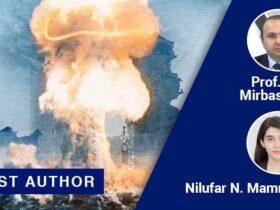





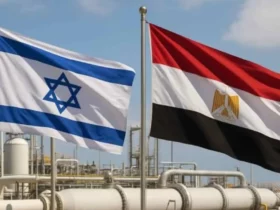
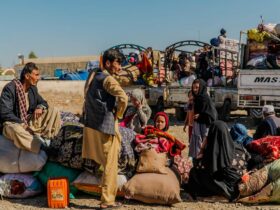

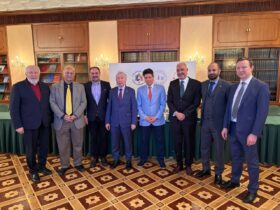
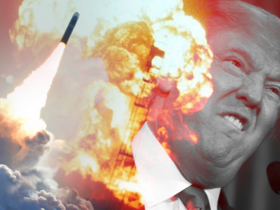



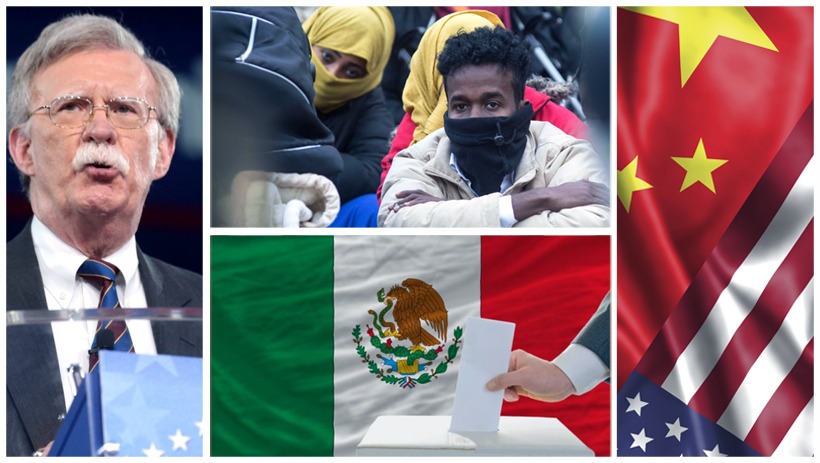
Leave a Reply